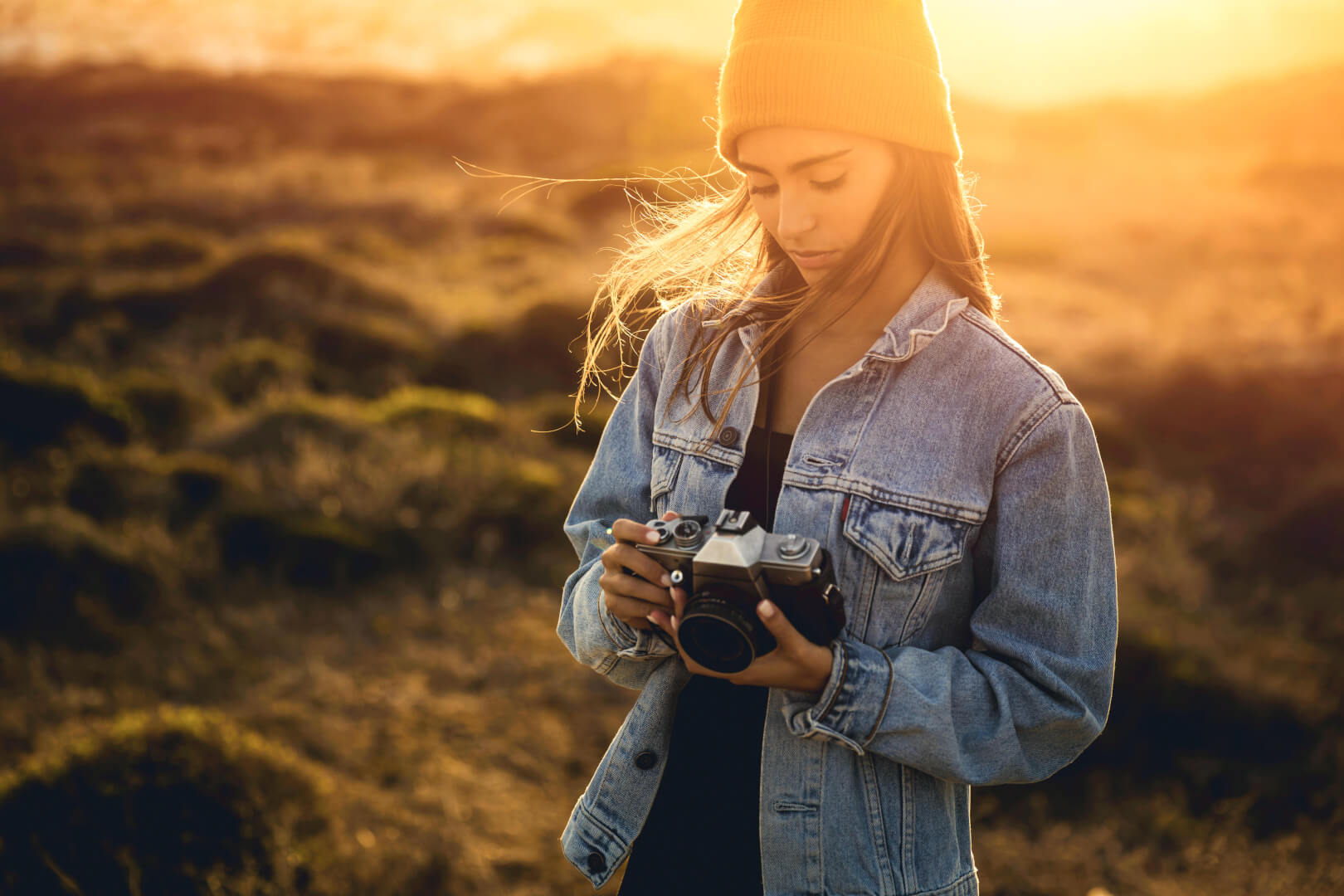Introduction to Alamy Photos

Are you looking to elevate your blog or commercial projects with stunning visuals? Alamy Photos might just be the treasure trove you need! With millions of images spanning various categories, Alamy provides high-quality stock photos that can cater to any niche. Whether you’re a blogger, marketer, or designer, tapping into
Also Read This: How to View and Manage Your Images on Alamy
Understanding Licensing Options for Alamy Images

When it comes to using images from Alamy, understanding licensing is crucial to ensure you’re compliant and protected. Alamy offers several licensing options, which can be a bit overwhelming at first, but don’t worry—I’ll break it down for you!
Here’s a simple overview of the main licensing options:
- Royalty-Free (RF): This is the most common type for bloggers and small businesses. Once you purchase a royalty-free image, you can use it multiple times without paying additional fees. Just remember, you can’t resell or give it away!
- Rights Managed (RM): If you need specific usage rights, like a particular duration or territory, RM licensing is your friend. It’s usually more expensive, but it gives you exclusivity based on your requirements.
- Editorial Use Only: Images under this license can only be used for non-commercial purposes, like blogs or news articles that don’t promote a product or service. Great for journalism but not for advertising!
Now, let’s dive deeper into how you can choose the best licensing option for your project:
1. Assess Your Needs
Before choosing a license, ask yourself these questions:
- What is the purpose of my project?
- Do I plan to use the image more than once?
- Is exclusivity important for my brand or project?
2. Budget Considerations
Your budget will play a significant role in your choice. Royalty-free images are generally more budget-friendly, while rights-managed images can be more costly but might be worth it for specific needs. Weigh the benefits against your budget constraints.
3. Read the Fine Print
Always take the time to read the licensing agreements. Each image may have specific restrictions or requirements, especially regarding modifications or the number of prints allowed.
In summary, Alamy Photos offers a versatile range of images that can significantly enhance your content. By understanding the different licensing options, you can confidently choose images that align with your projects while respecting copyright laws. So go ahead, explore Alamy’s collection, and elevate your blog or commercial project today!
Also Read This: Enhance Your Image Discoverability on Alamy
3. How to Properly Attribute Alamy Photos
When you use Alamy photos for your blog or commercial projects, proper attribution is crucial. Not only does it respect the rights of photographers, but it also enhances your credibility as a content creator. Here’s how you can ensure you’re attributing images correctly:
- Check Licensing Terms: Before you use any photo, make sure you understand the licensing options provided by Alamy. Each image may have different requirements, so take a moment to review the specifics.
- Include the Photographer's Name: Typically, you should credit the photographer. A simple format like “Photo by [Photographer's Name] on Alamy” works well. For instance, if you were using a photo by John Smith from Alamy, your attribution would look like this:
Photo by John Smith on Alamy
- Link Back to Alamy: If your project allows it, linking back to the original photo on Alamy is a great practice. It not only gives credit but also provides your readers with a way to explore more from the artist.
- Be Mindful of Context: Make sure the attribution is placed in a location where your audience can easily find it, preferably near the image or in a caption. Keeping it visible ensures that credit is given where it's due.
Here’s a quick example of how to format your attribution with an image:

Photo by John Smith on Alamy
Remember, following these steps not only shows respect for the photographers who contribute to your content but also builds trust with your audience. They’ll appreciate your commitment to ethical practices!
Also Read This: Understanding Alamy’s Feature Space for Pictures and the Licensing Process
4. Best Practices for Using Stock Photos in Blogs
Using stock photos in your blog can elevate your content significantly, but to make the most out of these images, you should follow some best practices. Here are key strategies to consider:
- Choose Relevant Images: Always select photos that complement your content. For instance, if you're writing about travel, opt for images that evoke the spirit of adventure, like stunning landscapes or vibrant street scenes.
- Maintain a Consistent Aesthetic: Your blog should have a cohesive look and feel. Stick to a specific color palette or style when choosing stock photos. This consistency helps brand recognition and makes your blog visually appealing.
- Avoid Overused Stock Photos: Steer clear of clichés. Images that are overly staged or commonly used (like people shaking hands or stock office settings) can cheapen your content. Look for unique angles or lesser-known images that stand out.
Additionally, consider these tips:
- Optimize Image Size: Large images can slow down your website. Use tools to compress them without sacrificing quality. This will improve your page load times and enhance user experience.
- Add Alt Text: Don’t forget to include alt text for every image. This not only helps with SEO but also makes your content accessible to visually impaired readers.
- Mix and Match: Combine stock photos with your own images or graphics. This approach can create a personal touch and give your content a unique edge.
By following these best practices, you can effectively utilize stock photos to enhance your blog's appeal while maintaining professionalism and integrity. So go ahead, make your posts shine with the right visuals!
Also Read This: Alamy’s Top Selling Images of 2022: Examining the Trendsetters and High Performers
5. Potential Legal Issues and Copyright Infringement
When diving into the world of stock photography, it’s vital to understand the landscape of legal issues and copyright infringement that can arise. Using images without proper rights can lead to significant headaches—both creatively and financially.
First things first, Alamy offers a variety of licenses for their photos, but it’s essential to read the fine print. Even if a photo looks perfect for your blog or commercial project, if you use it without the appropriate license, you may face serious legal consequences. This could range from a simple takedown request to a hefty lawsuit, depending on the infraction.
Here are some common legal pitfalls to watch out for:
- Unauthorized Use: Always ensure you have the right to use an image. This means checking the license type—commercial, editorial, or personal use—and whether it suits your needs.
- Model Releases: If your photo features identifiable people, you may need a model release. This is especially crucial for commercial projects where the image is used to promote a product or service.
- Property Releases: Similar to model releases, if your photo showcases private property, you might need permission from the property owner.
- Attribution Requirements: Some licenses require you to credit the photographer or Alamy itself. Failing to do so can be considered a breach of license.
Additionally, it’s wise to familiarize yourself with copyright laws in your country. In many regions, copyright infringement can lead to penalties that far exceed the cost of the original image. To avoid these legal headaches, always be proactive about understanding and following copyright rules.
In conclusion, while Alamy provides a treasure trove of stunning photos, respecting the legal boundaries around their usage is crucial for safeguarding your blog or project. Always double-check that you’re in the clear before clicking “upload!”
6. Alternatives to Alamy for Stock Photos
If you’re exploring stock photography, Alamy is certainly a great option, but it’s not the only player in the game. Depending on your specific needs—whether it's budget constraints, niche subjects, or unique styles—there are plenty of alternatives worth considering. Let’s take a look at a few standout platforms!
1. Shutterstock: Known for its diverse collection, Shutterstock is a go-to for many bloggers and businesses. With over 300 million images, you’re likely to find just what you need. They offer flexible pricing plans, including subscriptions and on-demand purchases.
2. Adobe Stock: If you’re already using Adobe Creative Cloud, Adobe Stock is a seamless addition. Integration with apps like Photoshop makes it easy to access high-quality images directly. Plus, you can find unique assets like templates and videos.
3. Unsplash: For those on a budget, Unsplash provides a vast array of high-resolution images for free. While not all images are suitable for commercial use, many photographers post their work under a generous license that allows for personal and even commercial projects.
4. Getty Images: Another heavyweight in the stock photography arena, Getty Images is renowned for its extensive archive and high-quality content. Although on the pricier side, their unique editorial images can bring a distinct touch to your blog.
5. Pexels: Like Unsplash, Pexels offers free stock photos and videos. Their collection is curated, which means you can find high-quality images without the fear of mediocre content. Plus, the site’s user-friendly interface makes searching a breeze!
In summary, while Alamy is a fantastic resource, don't hesitate to explore these alternatives. Each platform has its unique strengths, ensuring you'll find the perfect fit for your blog or commercial project. With the right image in hand, your visual storytelling can truly shine!
 admin
admin








